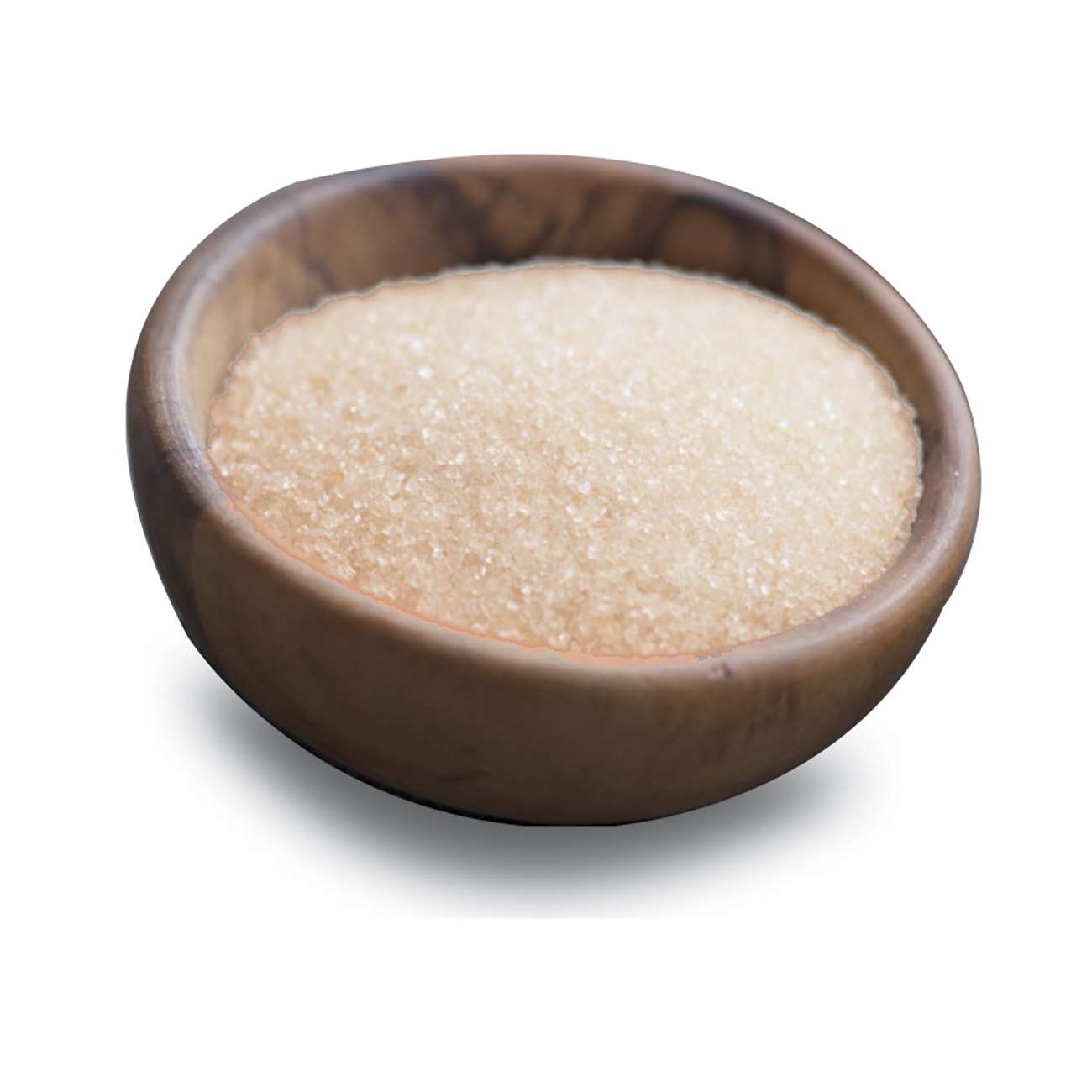Cane Sugar Processing Explained: What Happens Inside a Sugar Mill
Cane Sugar Processing Explained: What Happens Inside a Sugar Mill
Blog Article
A Thorough Overview to the Environmental Impact and Sustainability Practices in Walking Stick Sugar Handling
The environmental effect of cane sugar processing offers a complex array of obstacles that warrant cautious exam. From dirt degradation and excessive water usage to the carbon impact connected with cultivation and production, the consequences of traditional techniques are significant. What particular methods can be carried out to strike a balance in between productivity and ecological stewardship?
Review of Walking Stick Sugar Processing
Walking cane sugar handling includes a collection of systematic actions that transform sugarcane into polished sugar. Originally, gathered sugarcane is transported to processing facilities, where it undertakes cleaning up to get rid of soil and particles. Following this, the walking stick is squashed to remove juice, which is then made clear by eliminating impurities via home heating and the enhancement of lime.
The made clear juice goes through dissipation, where water is eliminated to focus the sugar material. These crystals are separated from the staying syrup utilizing centrifugation, resulting in raw sugar.
The last item is after that dried out and packaged for circulation. Throughout this entire procedure, maintaining effectiveness and top quality control is crucial to ensure the sugar meets sector requirements. Each action in walking cane sugar handling not just adds to the last item yet also has ramifications for source usage and waste generation, setting the stage for conversations on sustainability and environmental impacts connected with sugar production.
Ecological Challenges of Production
The manufacturing of walking cane sugar provides numerous considerable environmental difficulties that warrant focus. One key concern is the comprehensive use agrochemicals, including chemicals and plant foods, which can bring about soil degradation, biodiversity loss, and contamination of regional water resources. The overflow from sugarcane areas usually lugs these chemicals into nearby ecological communities, disrupting marine life and affecting the wellness of communities reliant on these water bodies.
Another obstacle is the high energy usage related to sugarcane processing. The boiling and refining phases call for significant warm, largely produced by burning fossil gas, adding to greenhouse gas discharges. Furthermore, the extensive land location required for sugarcane cultivation can result in deforestation and habitat destruction, further intensifying environment adjustment and threatening wild animals.
In addition, the labor methods in some regions elevate moral concerns, as employees may encounter bad working conditions and insufficient wages. This circumstance often continues a cycle of destitution in neighborhood areas. Cane Sugar Processing. Dealing with these environmental difficulties is important for developing extra sustainable practices in cane sugar production, eventually profiting both the atmosphere and the areas associated with this market
Water and Land Use Impact
Water sources and land usage are essential parts in the walking cane sugar industry that dramatically impact the atmosphere. The growing of sugarcane calls for substantial water input, with estimates recommending that it can consume approximately 2,000 liters of water per kg of sugar created. This intensive use of water frequently results in exhaustion of neighborhood water sources, impacting not just the sugarcane haciendas however additionally surrounding environments and neighborhoods that depend on the exact same water resources for farming and domestic usage.

In addition, land use for sugarcane growing can bring about deforestation and the conversion of natural environments right into monoculture vineyards. This practice lessens biodiversity, interrupts local more information ecosystems, and contributes to soil degradation. The expansion of sugarcane areas typically trespasses on beneficial farming land, producing competition for sources in between food and biofuel manufacturing.
Lasting practices, such as maximizing irrigation techniques and implementing plant turning, are necessary to mitigate these effects. By adopting a lot more efficient water usage and land monitoring strategies, the cane sugar industry can reduce its eco-friendly impact, making certain a balance in between farming efficiency and ecological preservation.
Greenhouse Gas Emissions
Greenhouse gas emissions stand for a substantial environmental worry within the cane sugar processing market, particularly as agricultural practices broaden to meet international need. The farming of sugarcane, a plant that prospers in exotic climates, counts heavily on synthetic fertilizers and pesticides, which add to nitrous oxide exhausts. Furthermore, land-use modifications, consisting of deforestation for brand-new sugarcane vineyards, release co2 kept in plants and soil.
Throughout processing, power intake is one more major source of greenhouse gas discharges - Cane Sugar Processing. Numerous sugar mills make use of nonrenewable fuel sources to power equipment and create warmth, resulting in considerable carbon impacts. Moreover, the transport of raw sugarcane and ended up items includes layers of exhausts via gas combustion in discover here automobiles
The advancing result of these discharges intensifies climate adjustment, posing threats not just to the setting but likewise to the long-lasting feasibility of the industry. Stakeholders have to recognize the immediate demand for detailed strategies that deal with these emissions. This involves reviewing present farming practices, refining methods, and transportation systems to recognize areas for renovation and mitigation. Resolving greenhouse gas emissions is essential for promoting a more sustainable walking cane sugar industry in an altering environment.

Lasting Practices and Innovations
Sustainable techniques and technologies are progressively vital in the walking cane sugar processing sector as stakeholders seek to lower ecological impacts while keeping efficiency. One significant improvement is the implementation of incorporated crop monitoring, which optimizes source use by integrating dirt administration, pest control, and crop turning techniques. This strategy enhances return while minimizing chemical inputs and protecting dirt health and wellness.
In addition, the adoption of renewable resource sources, such as biomass from sugarcane deposits, has acquired grip - Cane Sugar Processing. By converting waste products right into power, processing facilities can lower their reliance on nonrenewable fuel sources, therefore lowering greenhouse gas discharges
Water monitoring techniques best site have likewise seen renovations through the recycling and reusing of water in processing plants, substantially reducing freshwater usage. Technologies in technology, such as precision agriculture, allow farmers to check crop health and resource usage a lot more properly, ensuring sustainable cultivation methods.
Moreover, qualification programs like Fair Profession and Rainforest Alliance urge eco accountable farming practices and promote social equity within the supply chain. By accepting these sustainable methods and advancements, the walking stick sugar handling market can enhance its strength and contribute positively to environmental stewardship.
Conclusion
The environmental impact of cane sugar processing offers substantial challenges, including dirt destruction, high water intake, and greenhouse gas exhausts, along with moral worries associated to labor methods. Attending to these problems through sustainable practices, such as incorporated plant administration, renewable resource fostering, and water recycling, is essential. By advertising socially equitable and eco accountable methods in sugar manufacturing, the market can mitigate its adverse results, guaranteeing a more lasting future for both communities and environments associated with this field.
Cane sugar processing includes a collection of methodical steps that transform sugarcane into polished sugar. Each action in walking stick sugar processing not only contributes to the last product however also has implications for resource use and waste generation, setting the stage for conversations on sustainability and environmental impacts connected with sugar production.
Greenhouse gas exhausts stand for a considerable ecological issue within the walking cane sugar handling industry, especially as farming practices broaden to meet global need.Lasting practices and developments are progressively crucial in the cane sugar processing market as stakeholders look for to decrease ecological influences while keeping productivity.The ecological impact of walking cane sugar processing offers substantial difficulties, consisting of soil destruction, high water intake, and greenhouse gas exhausts, together with honest issues associated to labor practices.
Report this page